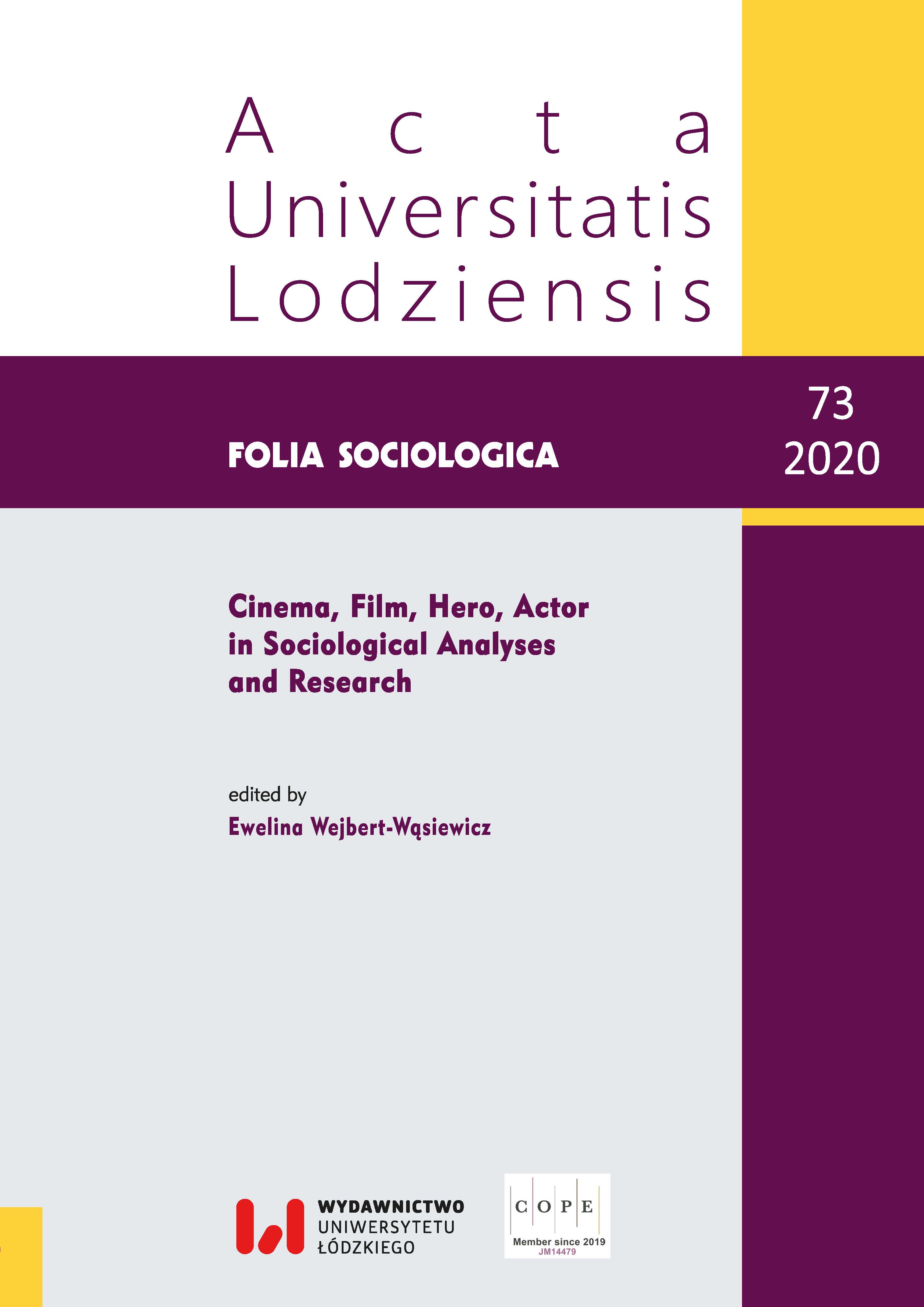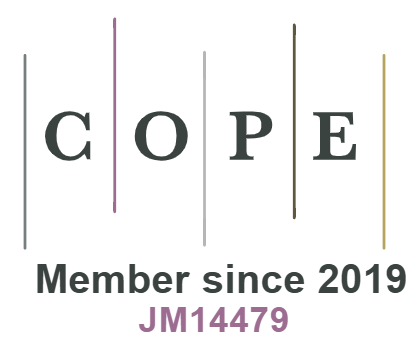Animated film as a space for presenting and contesting masculinity
DOI:
https://doi.org/10.18778/0208-600X.73.03Keywords:
masculinity, animated films, gender stereotypes, gender studies, men’s studiesAbstract
Animated movies can be treated as one of the forms of cultural transmission that can be a source of gender stereotypes. Therefore, they are involved in the process of constructing images of femininity and masculinity, especially among young viewers. The author of this article presents what are, in his opinion, the most popular ways of categorizing masculinity, and then juxtaposes them with the typology of masculine characters presented in contemporary animated films. The empirical material used in the study is based on a qualitative content analysis carried out on the fifteen most popular titles from the years 2011–2015. Certain difficulties regarding the description of the characters presented in animated films, using categories from classical theories of masculinity, are indicated. The author presents a new category of masculinity – selective masculinity.
References
Anderson E. (2009), Inclusive masculinity: The changing nature of masculinities, Routledge, New York.
Google Scholar
Arcimowicz K. (2003), Obraz mężczyzny w polskich mediach: prawda, fałsz, stereotyp, Gdańskie Wydawnictwo Psychologiczne, Gdańsk.
Google Scholar
Arcimowicz K., Citko K. (eds.) (2009), Wizerunki mężczyzn i kobiet w najnowszym filmie europejskim, Trans Humana, Białystok.
Google Scholar
Bem S. (2000), Męskość, kobiecość: o różnicach wynikających z płci, transl. S. Pikiel, Gdańskie Wydawnictwo Psychologiczne, Gdańsk.
Google Scholar
Connell R.W. (1995), Masculinities, Allen & Unwin, Sydney.
Google Scholar
Goldenson R.M., Anderson K.N. (1994), Dictionary of Sex, Wordsworth Editions, Hertfordshire.
Google Scholar
Grabowska M. (2007), Stereotypy płci we wczesnej dorosłości, Wydawnictwo Uniwersytetu Kazimierza Wielkiego, Bydgoszcz.
Google Scholar
Kimmel M. (1992), Foreword, [in:] S. Craig (ed.), Men, masculinity and the media, Sage Publications, London.
Google Scholar
Kluczyńska U. (2009), Metamorfozy tożsamości mężczyzn w kulturze współczesnej, Wydawnictwo Adam Marszałek, Toruń.
Google Scholar
Kluczyńska U. (2017), Mężczyźni w pielęgniarstwie: w stronę męskości opiekuńczej, Wydawnictwo Naukowe Uniwersytetu Medycznego im. Karola Marcinkowskiego, Poznań.
Google Scholar
Lemish D. (2008), Dzieci i telewizja. Perspektywa globalna, transl. A. Sadza, Wydawnictwo Uniwersytetu Jagiellońskiego, Kraków.
Google Scholar
Lewicki A. (2011), Od House’a do Shreka: seryjność w kulturze popularnej, Wydawnictwo Uniwersytetu Wrocławskiego, Wrocław.
Google Scholar
Suchowierska A., Eichelberger W. (2012), Królewicz Śnieżek: baśniowe stereotypy płci – bajki na opak, Wydawnictwo Czarna Owca, Warszawa.
Google Scholar
Szczepaniak K. (2012), Zastosowanie analizy treści w badaniach artykułów prasowych – refleksje metodologiczne, “Acta Universitatis Lodziensis. Folia Sociologica”, no. 42, pp. 83–112.
Google Scholar
Szczuka K. (2001), Kopciuszek, Frankenstein i inne: feminizm wobec mitu, eFKa, Kraków.
Google Scholar
Downloads
Published
How to Cite
Issue
Section
License

This work is licensed under a Creative Commons Attribution-NonCommercial-NoDerivatives 4.0 International License.










